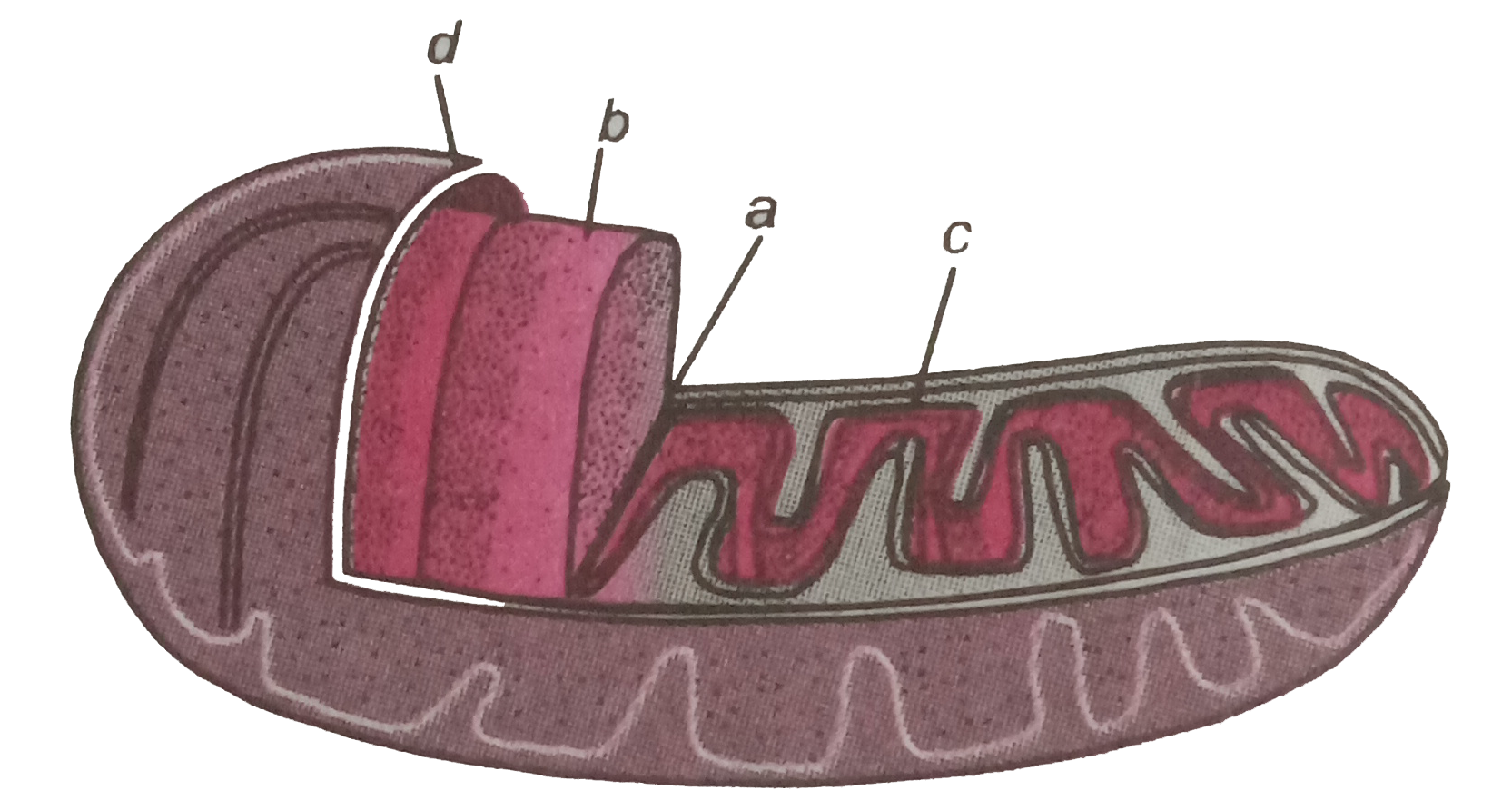Select the correct sequence of stages in ovarian cycle. a. Corpus luteum b. Graafian follicle c. Corpus albicans d. Corpus haemorrhagicum
b, a, d, c
b, d, c, a
a, d, c, b
b, d, a, c
To determine the correct sequence of stages in the ovarian cycle, we need to understand the progression of the ovarian follicles and their transformations. Here’s a step-by-step breakdown:
1. Identify the Initial Stage: Graafian Follicle (B)
- The ovarian cycle begins with the development of the Graafian follicle. This is a mature ovarian follicle that is ready for ovulation.
2. Transition to Corpus Haemorrhagicum (D)
- After ovulation, the Graafian follicle ruptures to release the egg. This rupture leads to the formation of the corpus haemorrhagicum, which is characterized by a small amount of blood and fluid that collects in the cavity of the ruptured follicle.
3. Formation of Corpus Luteum (A)
- Following the formation of the corpus haemorrhagicum, the remaining follicular cells transform into the corpus luteum. This structure is crucial as it secretes hormones, primarily progesterone, which is essential for maintaining the uterine lining.
4. Regression to Corpus Albicans (C)
- If pregnancy does not occur, the corpus luteum eventually degenerates and is transformed into the corpus albicans. This is a scar tissue that forms after the corpus luteum has regressed.
Correct Sequence:
Thus, the correct sequence of stages in the ovarian cycle is:
- B (Graafian follicle) → D (Corpus haemorrhagicum) → A (Corpus luteum) → C (Corpus albicans)
Final Answer:
The correct answer is B, D, A, C.
---
- The ovarian cycle begins with the development of the Graafian follicle. This is a mature ovarian follicle that is ready for ovulation.
- After ovulation, the Graafian follicle ruptures to release the egg. This rupture leads to the formation of the corpus haemorrhagicum, which is characterized by a small amount of blood and fluid that collects in the cavity of the ruptured follicle.
- Following the formation of the corpus haemorrhagicum, the remaining follicular cells transform into the corpus luteum. This structure is crucial as it secretes hormones, primarily progesterone, which is essential for maintaining the uterine lining.
- If pregnancy does not occur, the corpus luteum eventually degenerates and is transformed into the corpus albicans. This is a scar tissue that forms after the corpus luteum has regressed.
Thus, the correct sequence of stages in the ovarian cycle is:
- B (Graafian follicle) → D (Corpus haemorrhagicum) → A (Corpus luteum) → C (Corpus albicans)
The correct answer is B, D, A, C.
Topper's Solved these Questions
Similar Questions
Select the correct set of names for the parts A,B,C,D


View SolutionSelect the correct option for A, B,C & D

View SolutionSelect the correct explanation for the label a,b,c and d

View SolutionIdentify the correct sequence of stages in Ross cycle of plasmodium (a) Sporozoite (b) Ookinete (c) Sporozoite (d) Zygote (e) Oocyst
View SolutionSelect the correct labelling out of a, b c and d of mitochondrian

View SolutionAssertion: In ovarian cycle, corpus luteum is exocrine gland.
Reason: It secretes pheromones.
View SolutionWhat is the correct sequence of the evolutionary stage of horse
a. Mesohippus b. Eohippus
c. Equus d. Merrychippus
e. Pliohippus
View SolutionAssertion : In post natal life , oocyte development occurs in mature follicle
Reason : After ovulation , Graafian follicle transforms in corpus luteum
View SolutionThe statement given below is incorrect. Rewrite the correct statement by changing the underlined words of the statement.
The Graafian follicle, after ovulation turns into a hormone producing tissue called Corpus callosum.
View SolutionIn which phase of menstrual cycle Graafian follide transform as the corpus luteum.
View Solution
